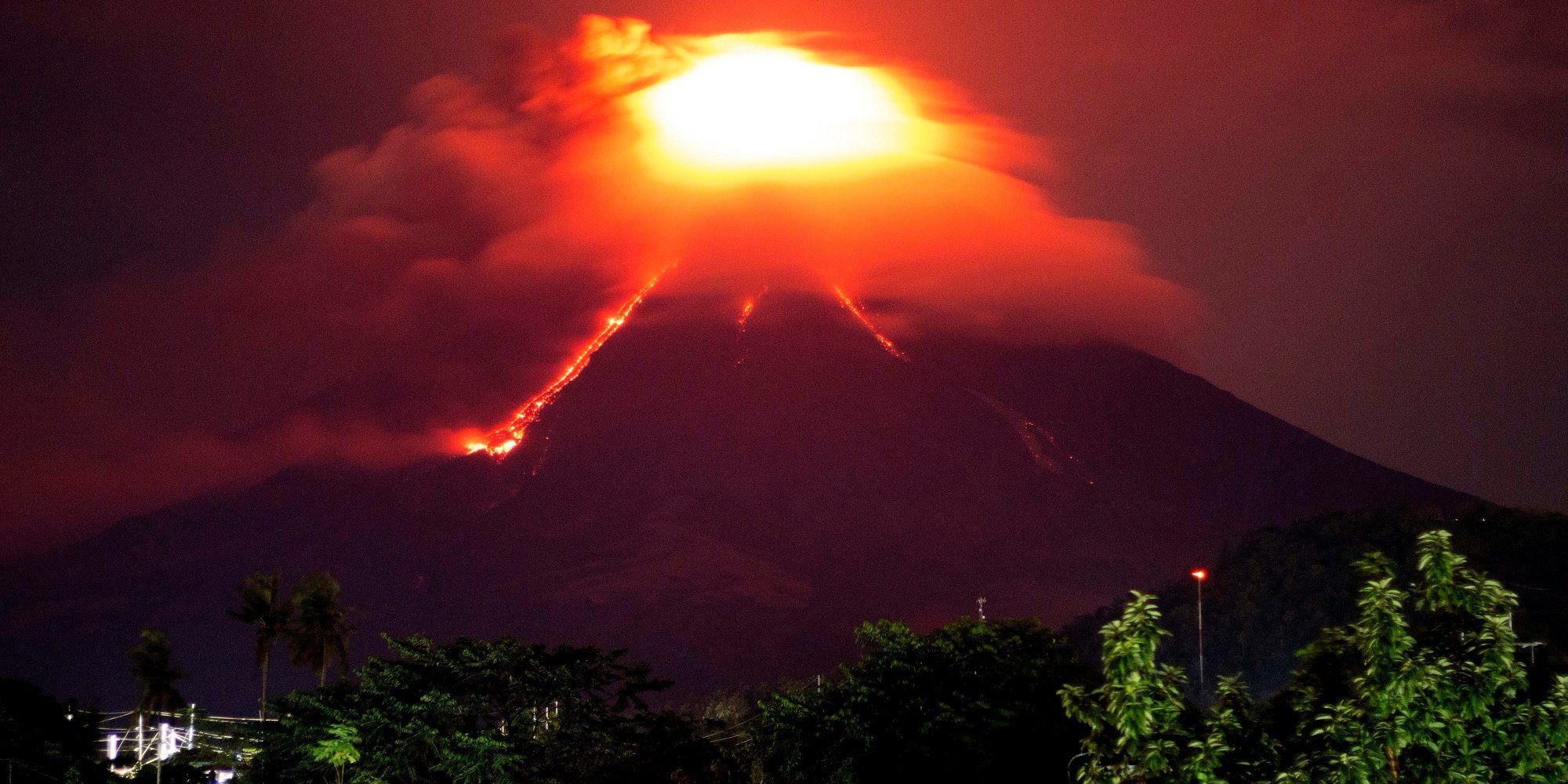
© AP Photo/Earl RecamundaLava cascades down the slopes of Mayon volcano as seen from Legazpi city, Albay province, around 340 kilometers (210 miles) southeast of Manila, Philippines, Monday, Jan. 15, 2018.
More than 30,000 people have been ordered to evacuate their homes as the Philippines' most active volcano spews lava, sparking fears it may be about to erupt.
Glowing lava and ash clouds have begun to emir from Mount Mayon in Albay province, about 340 kilometers (210 miles) southeast of Manila.
Officials ordered at least 34,038 people to evacuate amid fears that it may suddenly explode in a full eruption of deadly molten lava.
Police checkpoints have been set up to turn away curious tourists or residents trying to get into the danger zone reaching around 6 to 7 kilometers (3.7 to 4.3 miles) around Mayon.
"They say it's beauty juxtaposed with danger," Office of Civil Defense regional director Claudio Yucot said.
Residents from at least two cities and six towns were told to leave, with many forced to move into temporary shelters set up in schools.
Lava has already flowed as far as two kilometers (1.2 miles) from Mount Mayon tips, while an ash cloud shrouded the top of the volcano.
Albay officials declared a state of calamity in the province of more than a million people to allow more rapid disbursement of disaster funds.

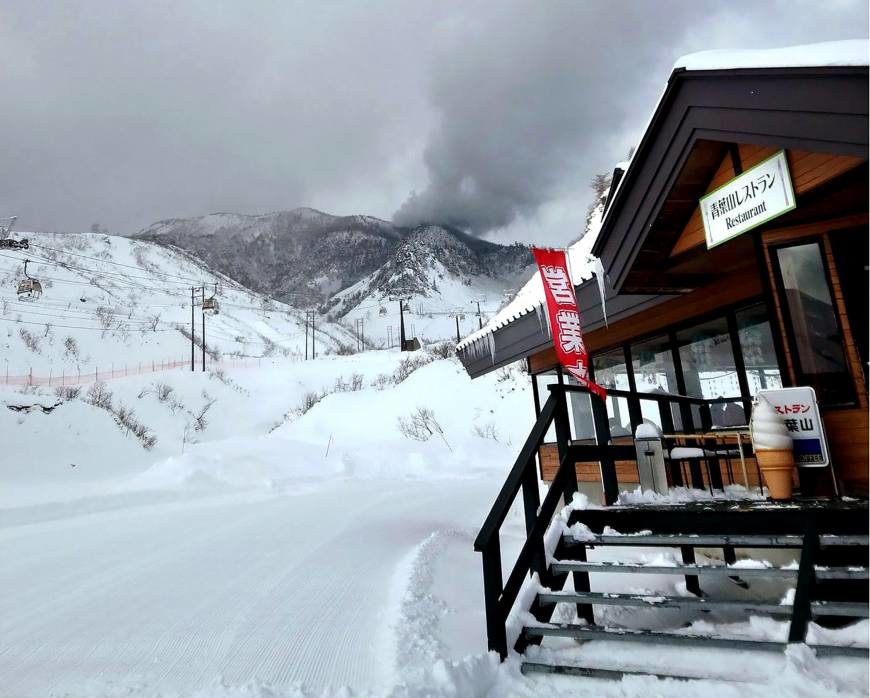
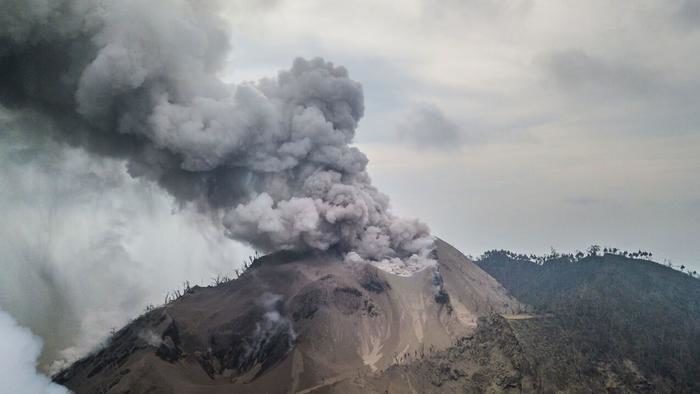
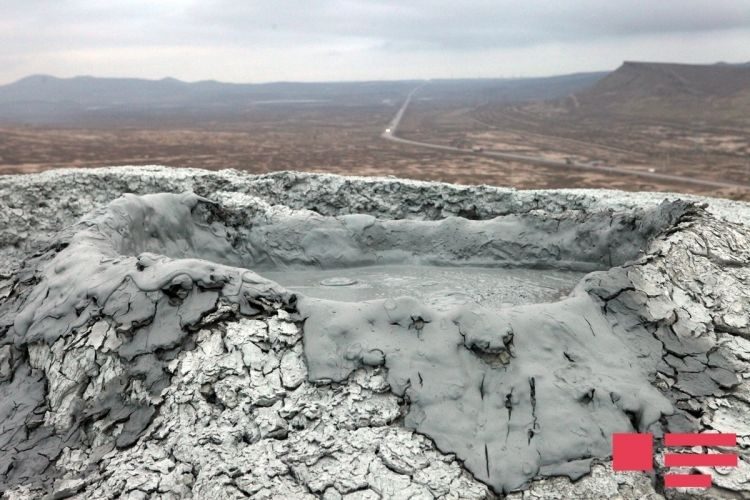

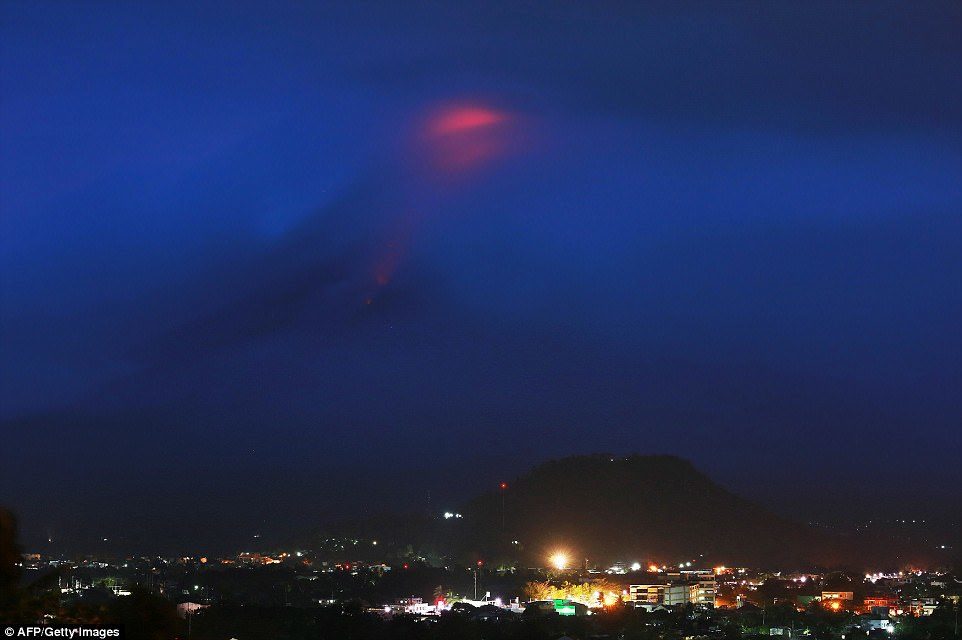
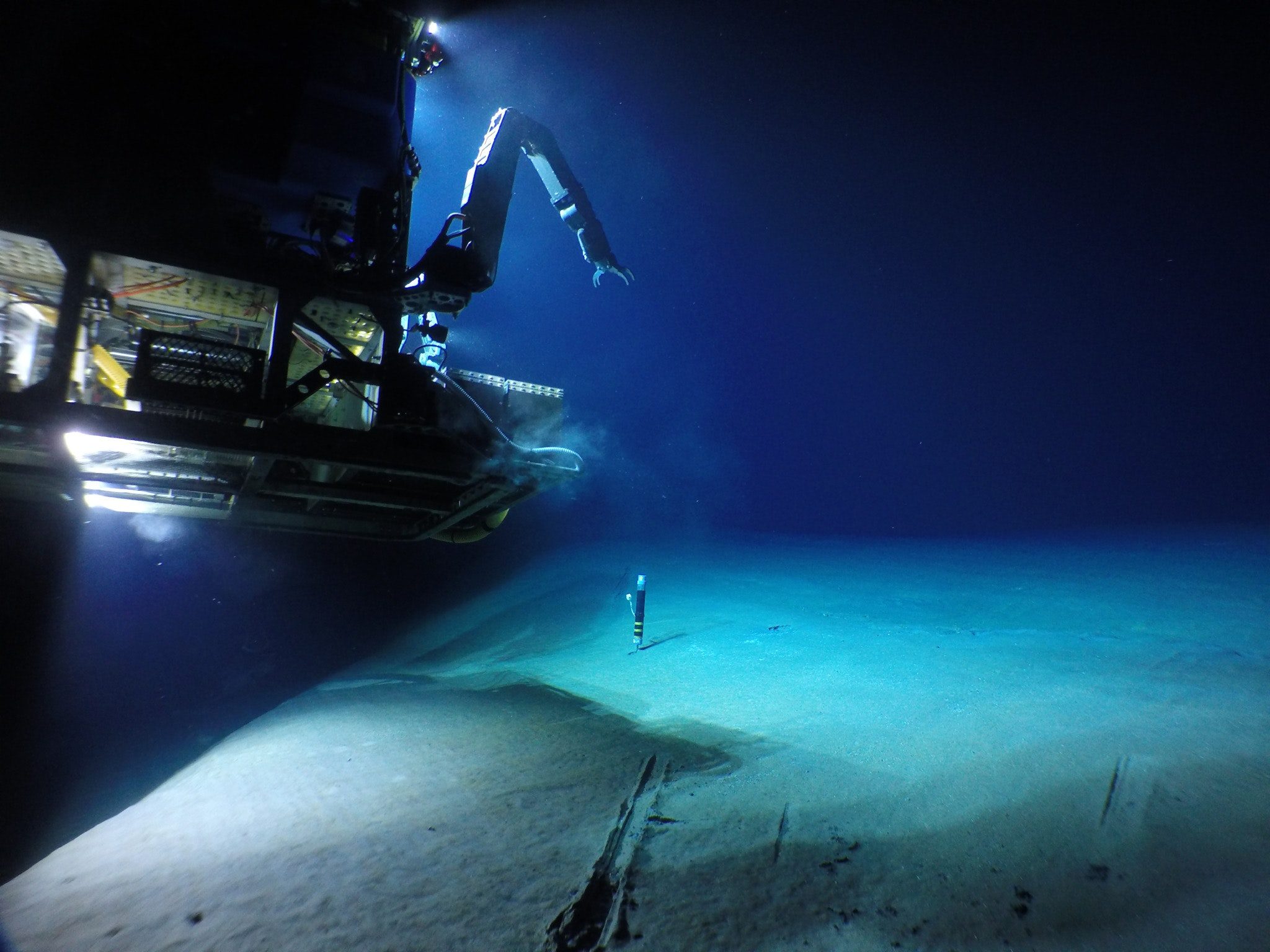
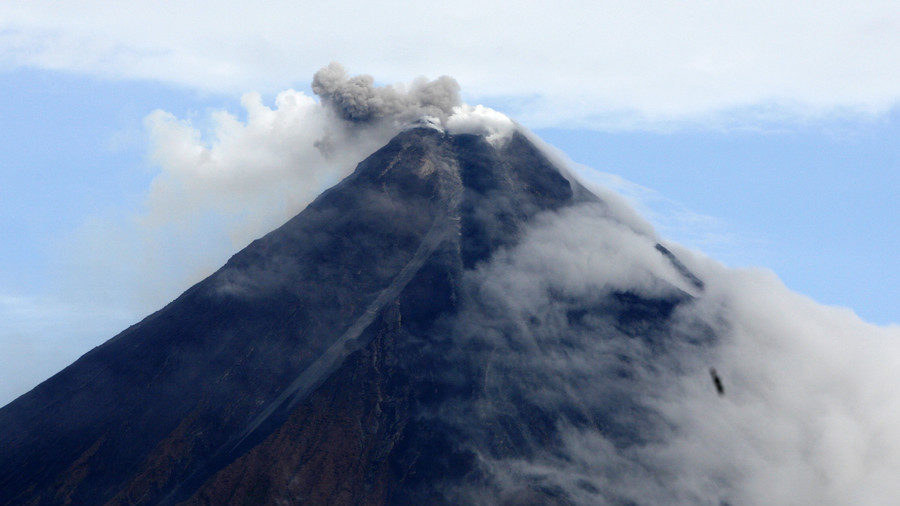
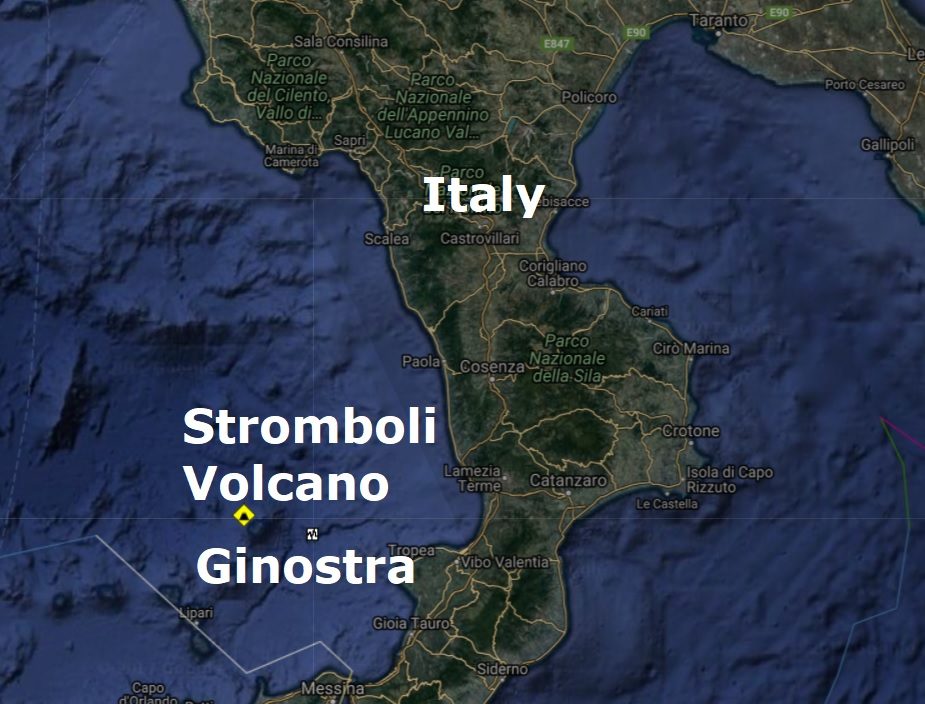
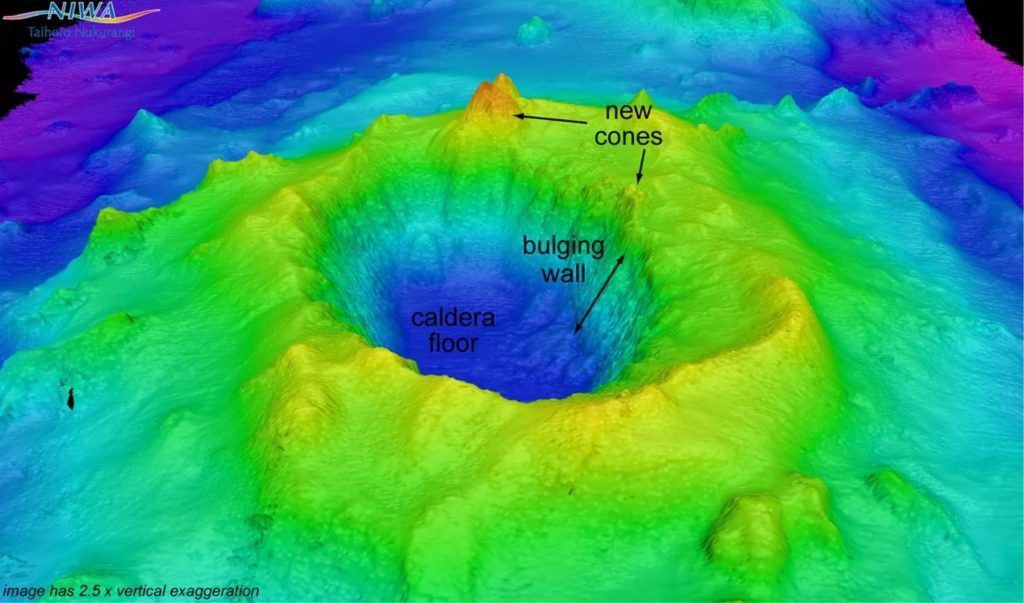



Comment: A geologist from the US Geological Survey says these events are not connected - yet they all took place in rapid succession in the Ring of Fire, which is constantly active. So what he actually means is that he doesn't know if they are directly connected - although evidently they are connected by the Ring of Fire itself.
While we appreciate that he is trying to be cautious with his words, he should at least acknowledge the obvious: That the events are at least indirectly connected, and that it is possible - even likely - that there is also a direct connection given that they all happened within two days. And if so, what could that mean?
More on the Ring of Fire: